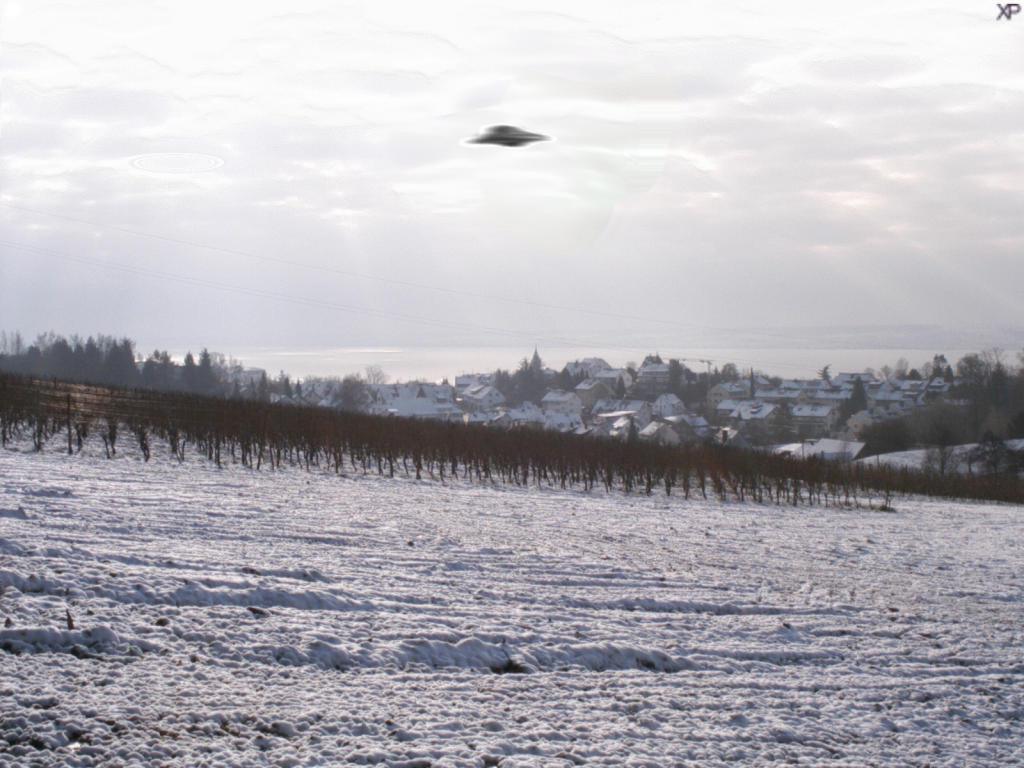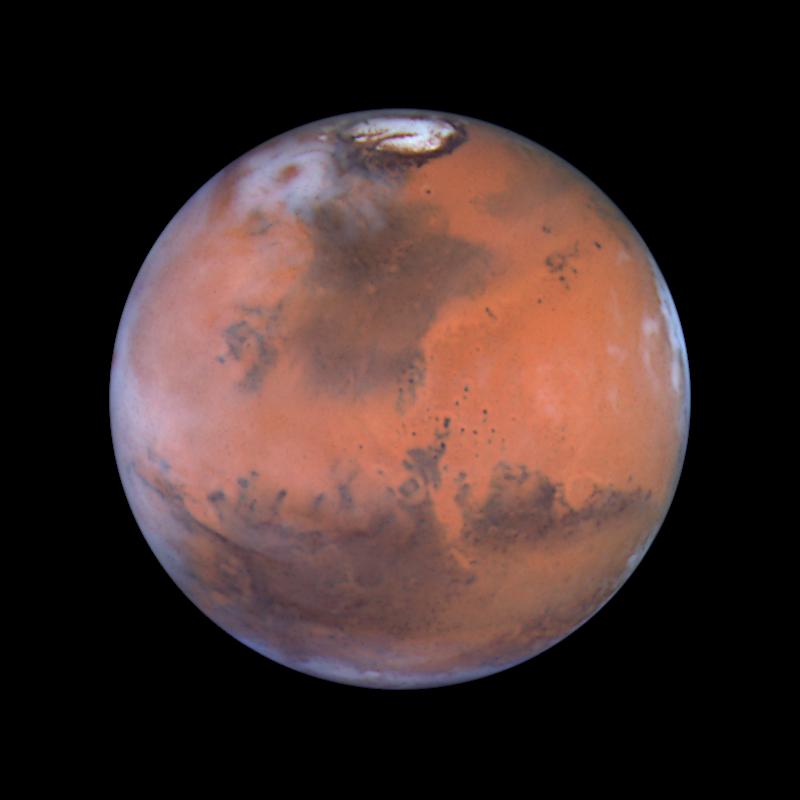From people spotting UFOs, to scientists, astronomers, and others sending messages to hopefully find other advanced civilizations, one of the biggest questions in the universe is whether aliens are real.
There are no confirmed pieces of evidence that prove aliens exist, but there are pieces of evidence that are debatable. According to EarthSky, a radio show and website that specializes in articles about space and nature, in 1977, a radio telescope located at Ohio State University picked up a radiation signal known as the “Wow” signal. This signal was found near the Sagittarius constellation and lasted 37 seconds. Another debatable piece of evidence is a signal received by SETI (Search for Extraterrestrial Intelligence) in 2004. According to The Guardian, scientists used telescopes located in Puerto Rico to examine 200 points in the sky where they have previously received signals from. All of the signals died out except for one which was named SHGbo2+14a and has a frequency of 1420MHz. The signal comes from a spot between the constellations of Aries and Pisces, and the closest planet or star near this point is over 1,000 light years away.
The final debatable piece of evidence is when alleged alien bodies were found in 2023. According to ABC 7, two mummified alien bodies were presented to Mexico’s public congressional hearing in 2023. The bodies were found in 2017, deep underground in the Peruvian coastal desert of Nazca. Researchers had DNA proof that two of the mummies did not belong to humans. ABC News asked UFO researcher and journalist Jamie Maussan about the topic who said, “This is the first time it is presented in such a form and I think there is a clear demonstration that we are dealing with non-human specimens that are not related to any other species in our world and that any scientific institution can investigate it.”
Although there is debatable evidence presented by the public, some scientists still don’t seem to think that extraterrestrial life exists. LiveScience, a science website that posts stories on space, animals, health and more, asked many professors and scientists if they believed that extraterrestrial life was real. They asked professor Sarah Seagar, an astrophysicist and planetary scientist at the Massachusetts Institute of Technology (MIT) and author of “The Smallest Lights in the Universe: A Memoir” what she thought on the topic. She gave the response, “There’s just no evidence right now.” They also asked professor of astrophysics and exoplanetary science at the University of Cambridge Nikku Madhusudhan, who gave the response, “I don’t think we have clear evidence just yet of any kind for alien life.” She also said, “There are hints here and there,” and “There is evidence for habitable conditions.” Sophomore Molly Doran answered, “Do you think extraterrestrial life exists?” by saying, “Yes, the universe is so big. There has to be other life out there.”
Although scientists do not have solid evidence, they still have hope of another advanced civilization in our universe. In 1977, Dr. Carl Sagan of Cornell University and his associates were given the task to make 12 gold-plated copper records that NASA could send to space. According to NASA, these records contained 115 images, diverse sounds of nature, music, culture, and greetings from all over the world. Natural sounds included in the records were surf, wind, thunder, and animals. Songs include percussion from Senegal, “El Cascabel” from Mexico, and more from other countries like Peru, China, India, Germany, and more. The greetings included “Are you well?” in Burmese, “Hello everybody” in French, “Hail” in Hittite, “Peace” in Hebrew, “Hello, how are you?” in Japanese, “Peace and happiness to all” in Portuguese, “Greetings to everybody!” in Romanian and 48 more greetings from all over the world. Inscribed on the front of the record’s aluminum cover are instructions on how to play the record, instructions on how to find the earth, and more. According to CNN News, 8 golden records were made, two were sent to space, and the other 6 were given to institutions as well as people on planet Earth. The two golden records that were sent to space were attached to the Voyager 1 and Voyager 2 spacecraft. These two spacecrafts went in opposite directions and their missions are to chart interstellar space and never return to Earth.
Overall, there are tons of opinions on if we believe extraterrestrial life exists, but what we do know for sure is scientists continue to hold out hope on the possibilities.















